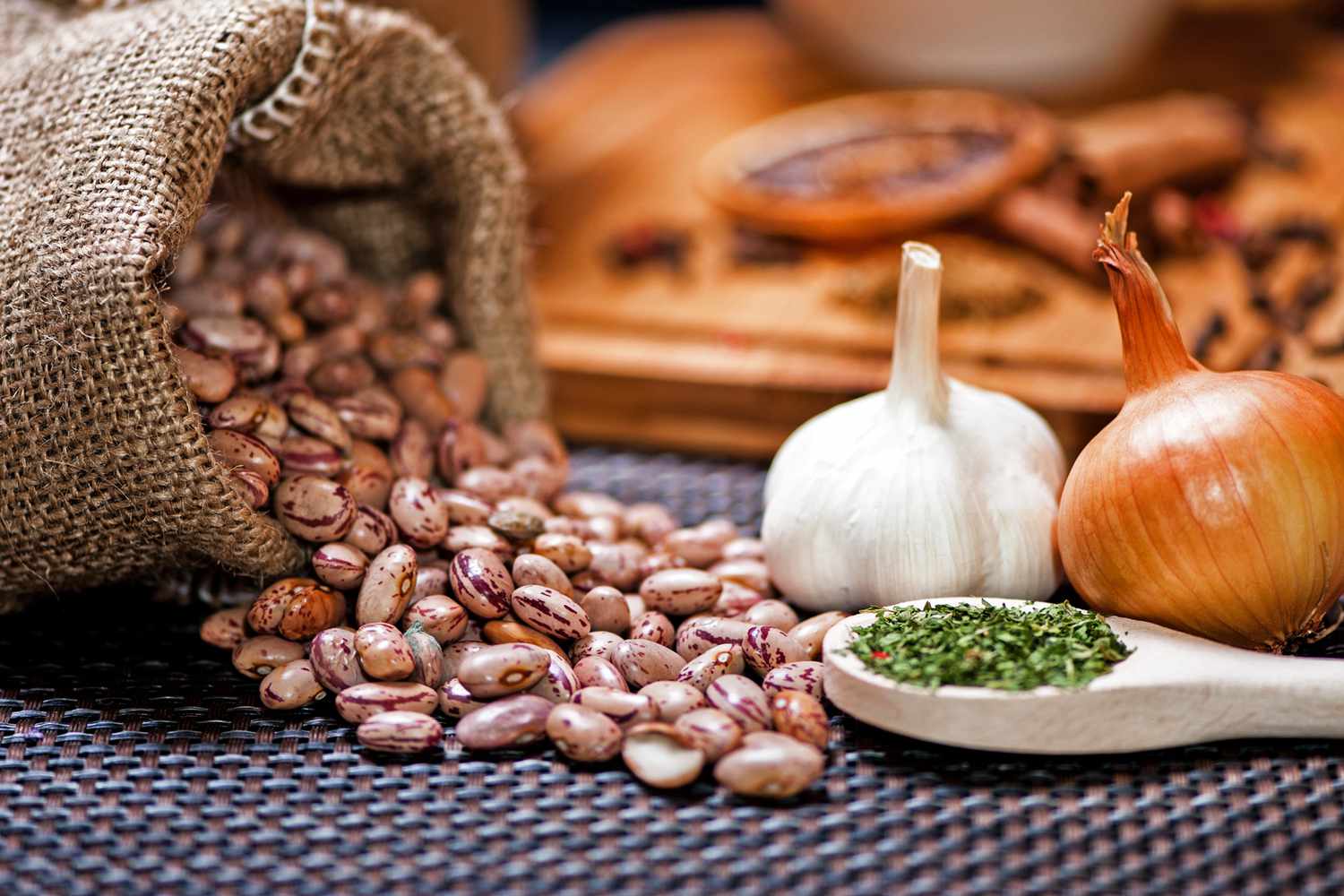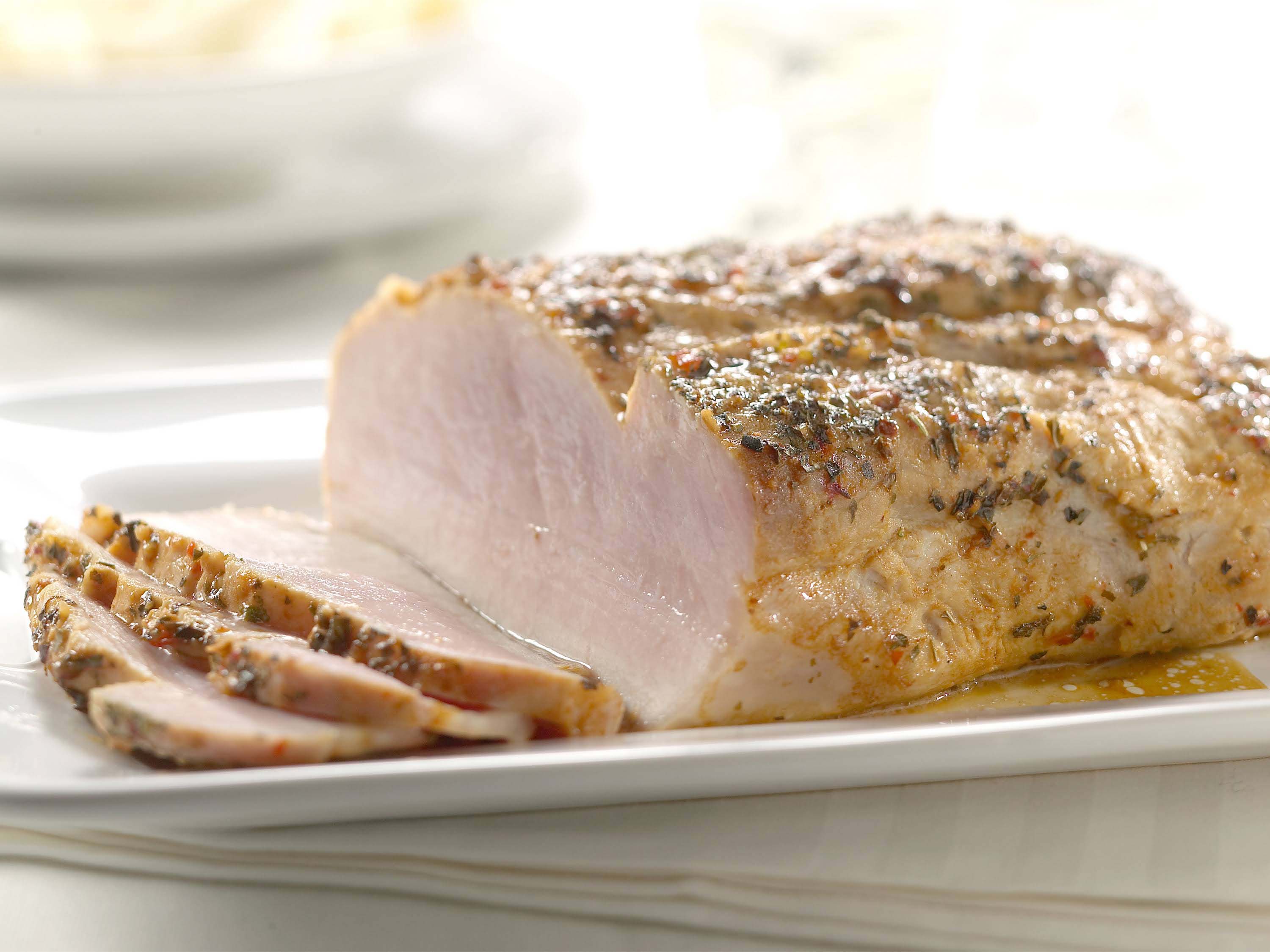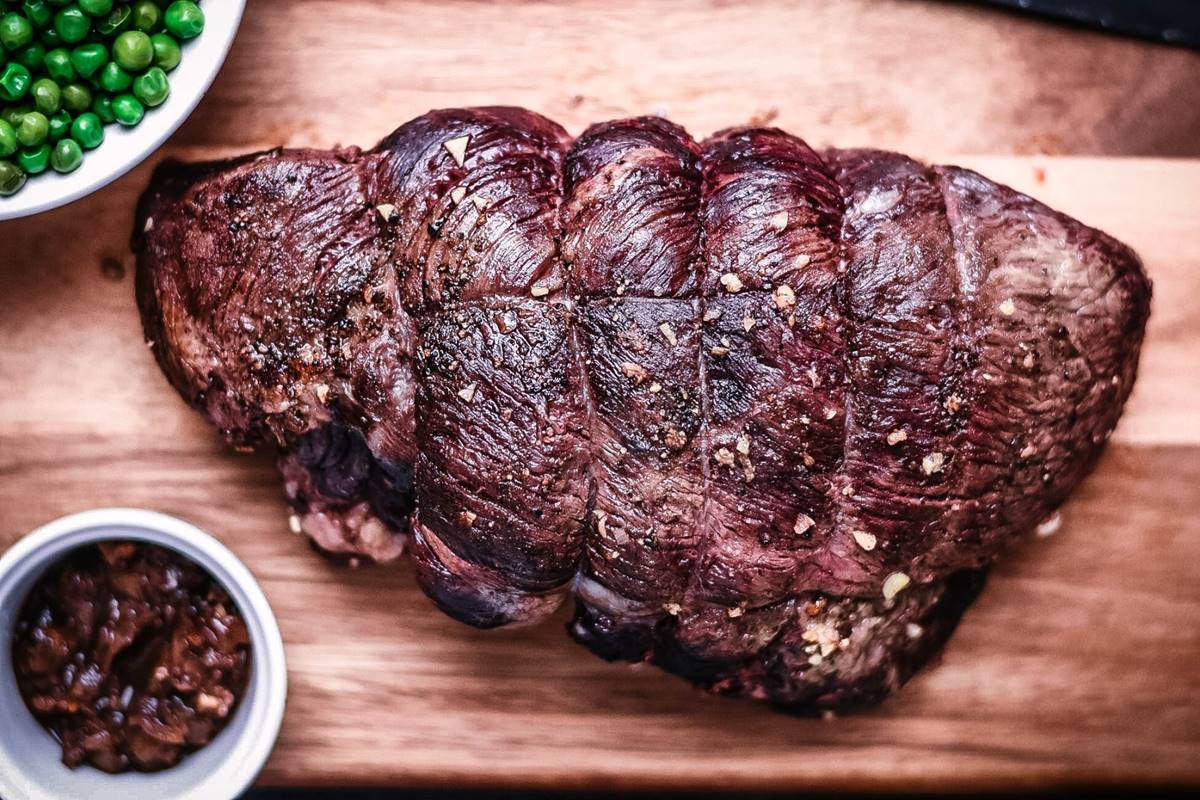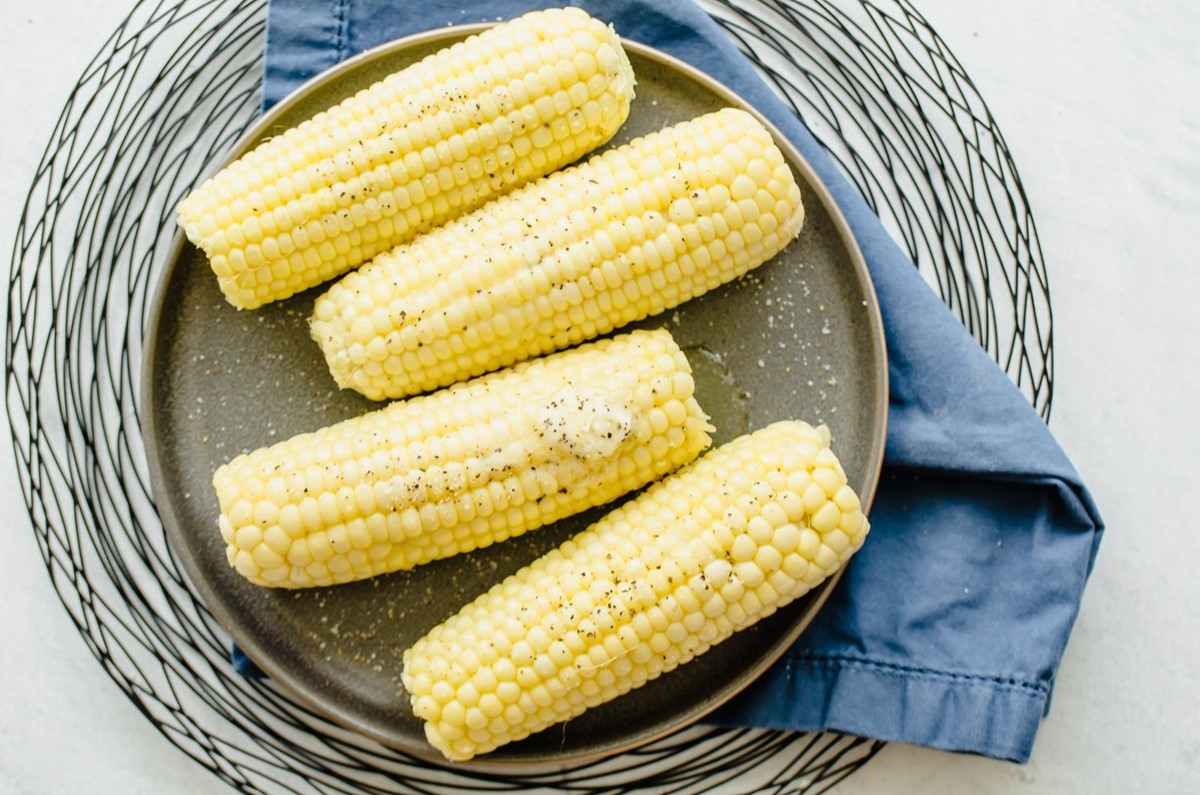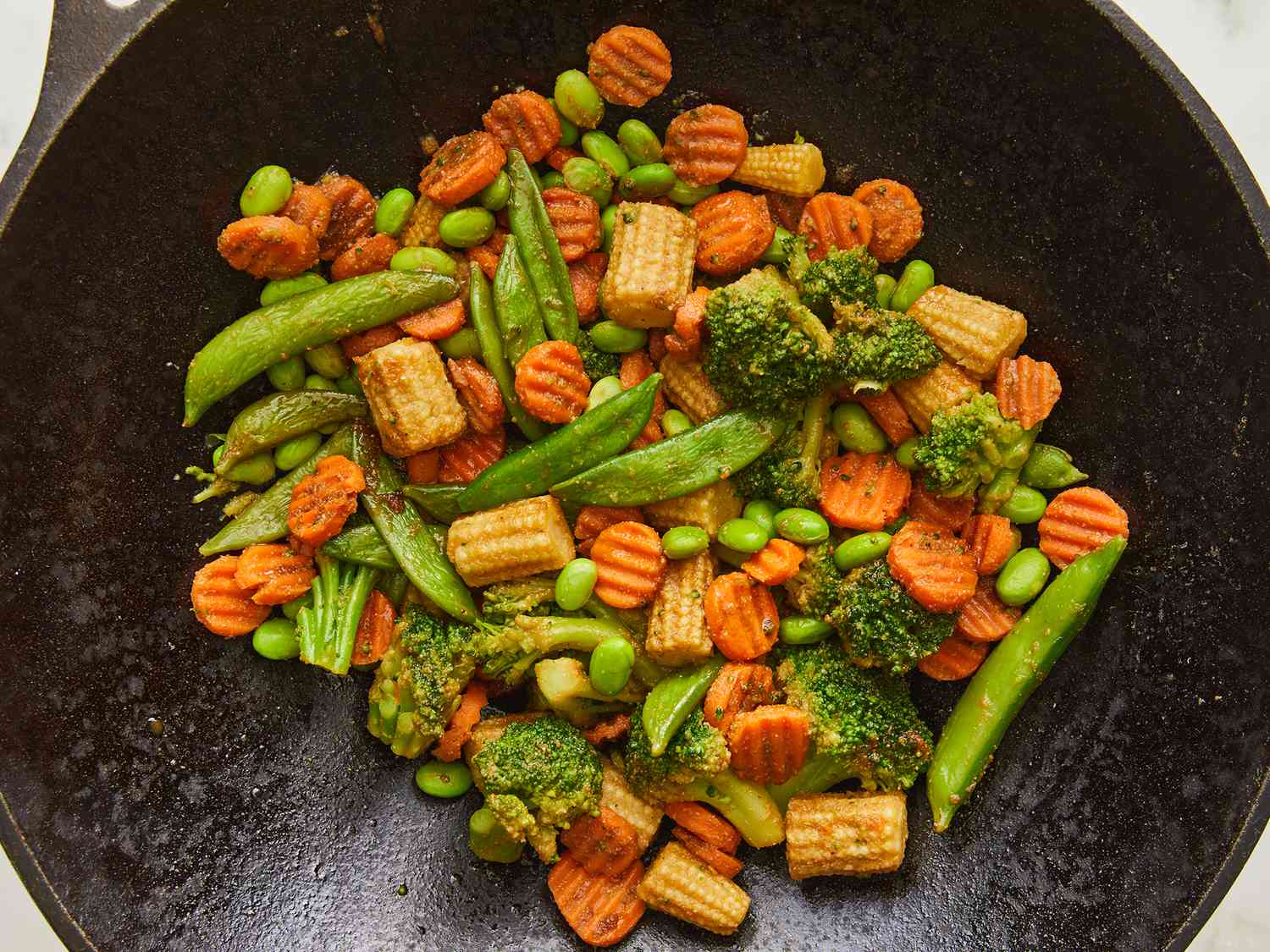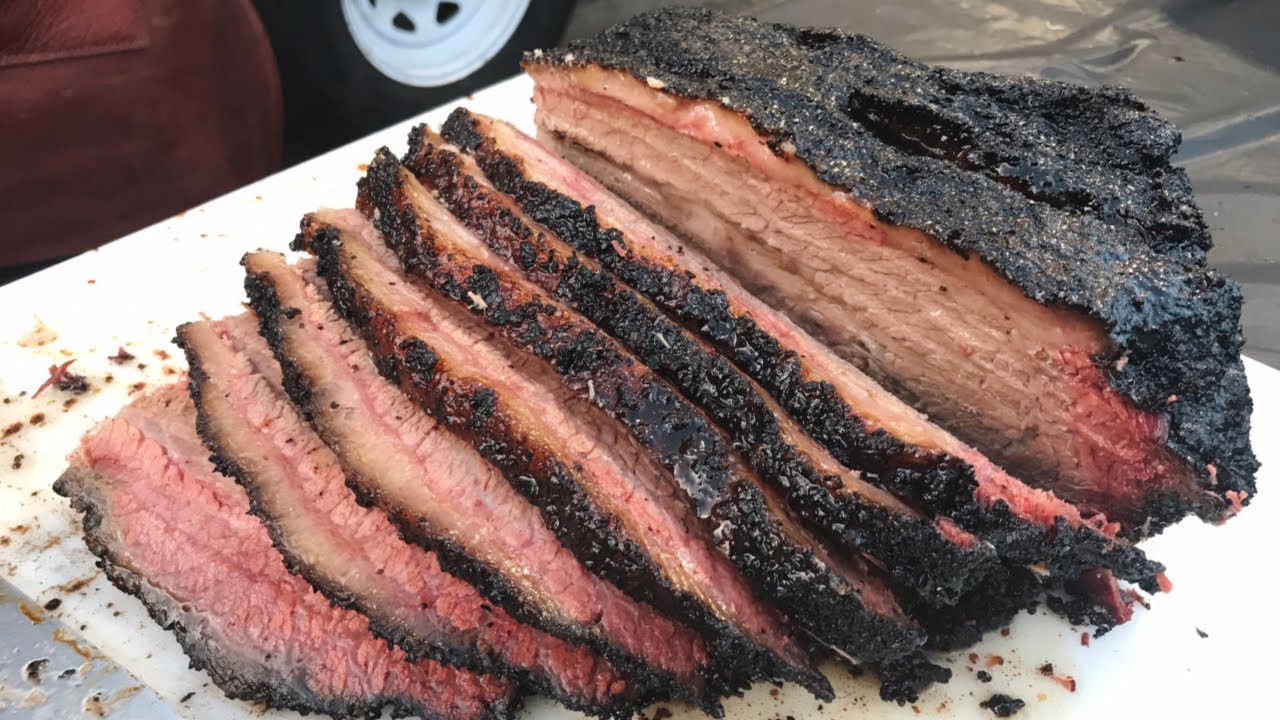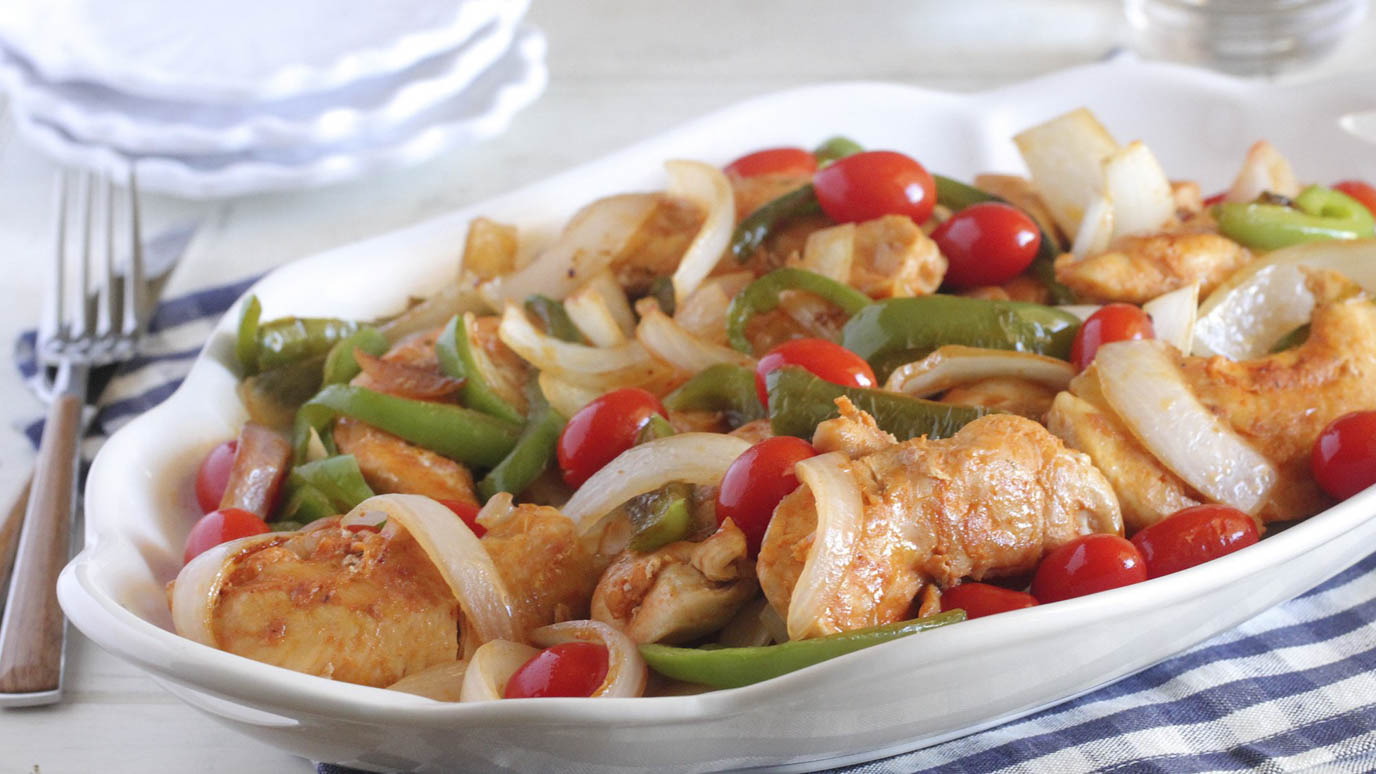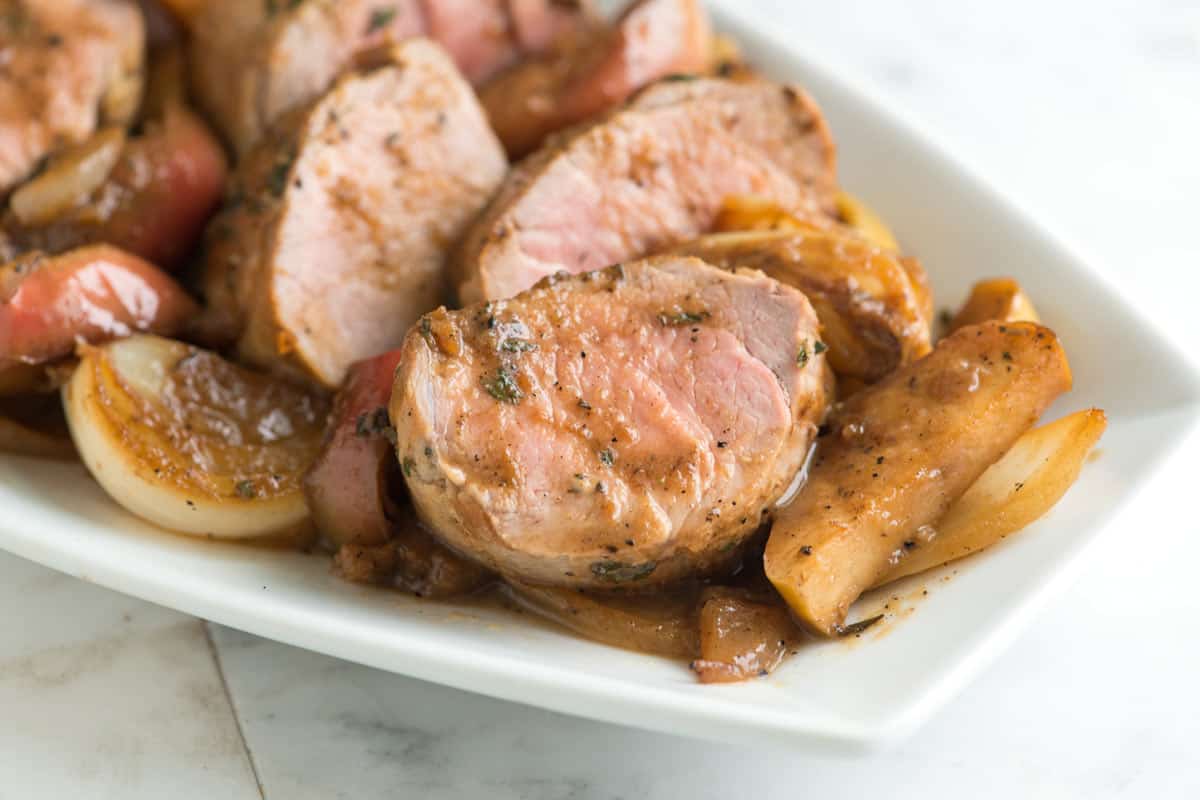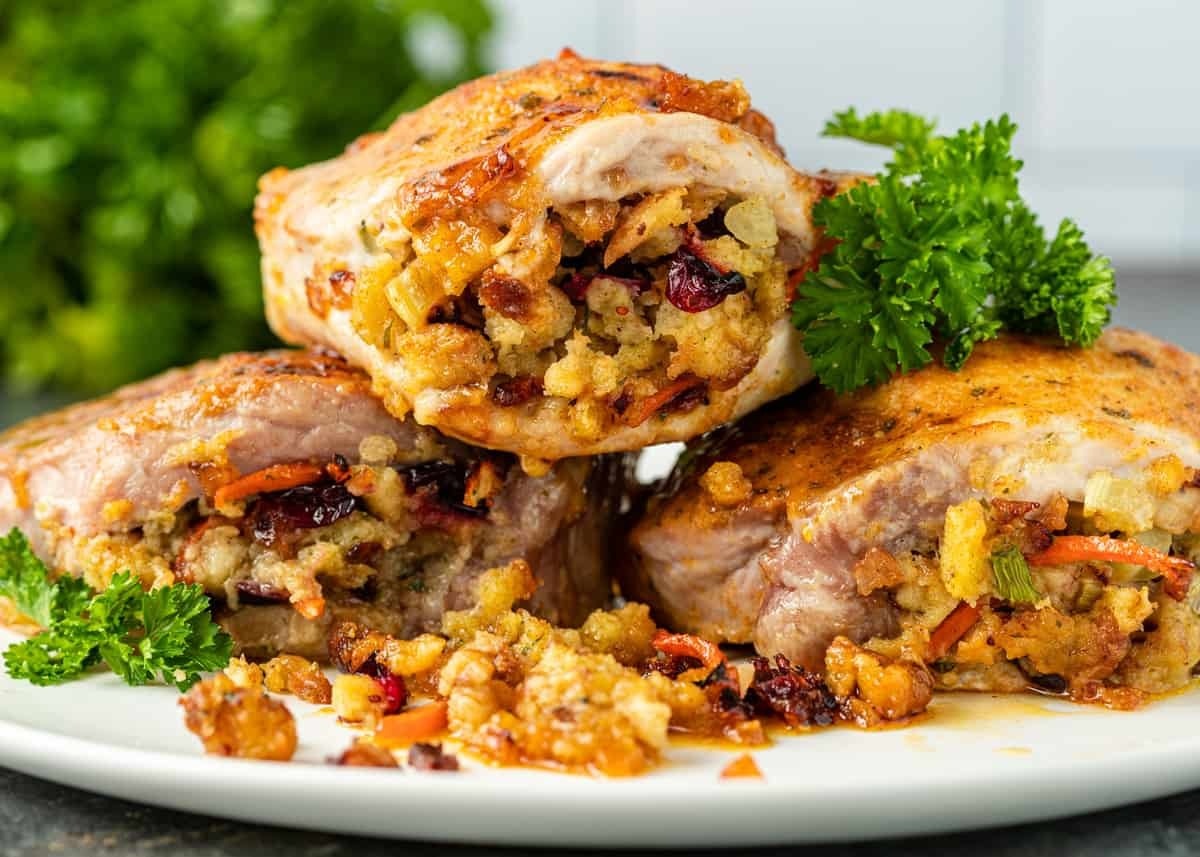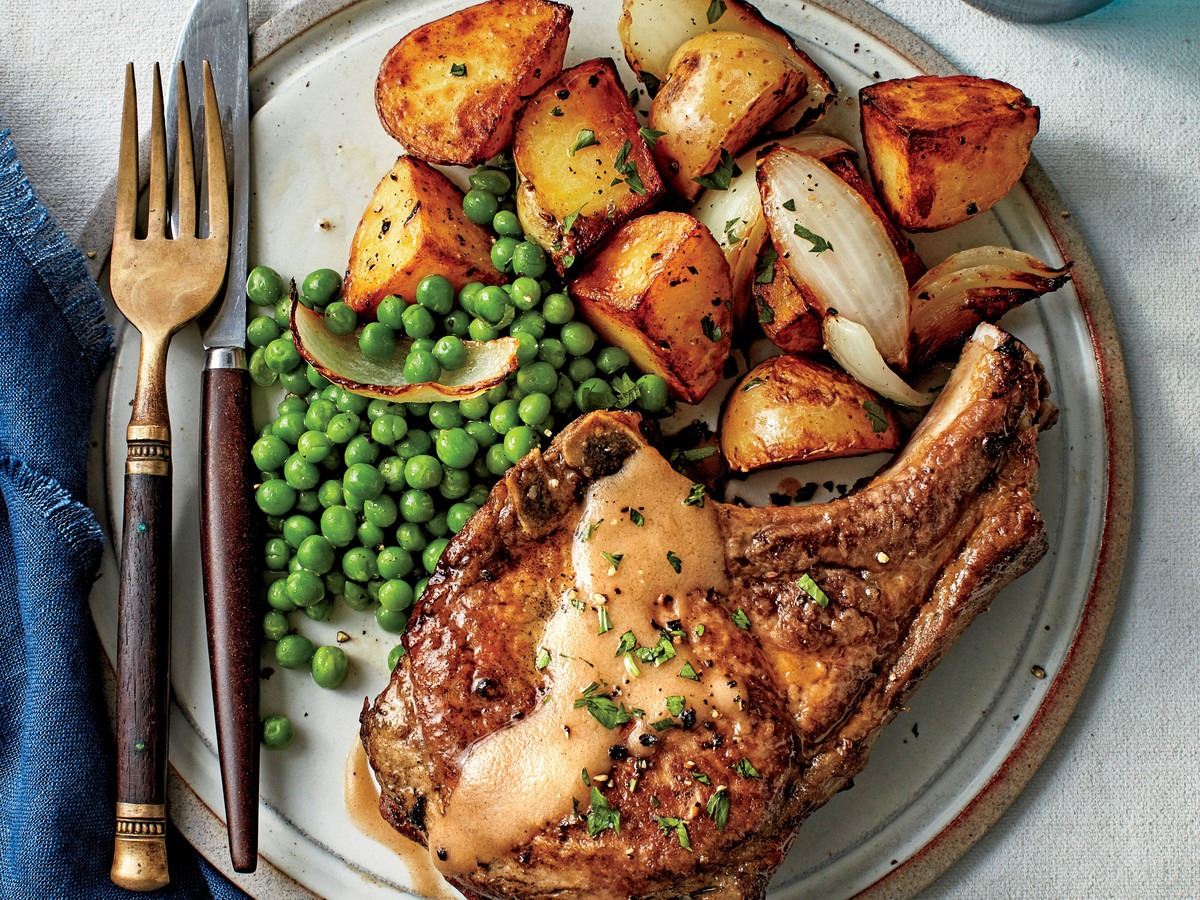Master the Art of Cooking a Delicious Beef Shoulder Roast in the Oven
When it comes to cooking a mouthwatering beef shoulder roast, the oven is your best friend. Slow roasting in the oven allows the flavors to develop, resulting in a tender and succulent roast that will leave your taste buds dancing with joy. In this article, we will guide you through the steps of preparing and cooking beef shoulder roast in the oven.
Choosing the Perfect Beef Shoulder Roast
The key to a successful roast starts with choosing the right cut. Look for a beef shoulder roast with good marbling and enough fat throughout the meat. This will ensure a juicy and flavorful end result. Aim for a roast that weighs around 3-4 pounds, as this size tends to cook evenly.
Preparing the Roast
Before you begin cooking, make sure to remove the roast from the refrigerator and let it sit at room temperature for around 30 minutes. This allows for more even cooking. While waiting, preheat your oven to 325°F (163°C).
- Seasoning: Prepare a dry rub by combining your favorite spices such as garlic powder, onion powder, paprika, salt, and pepper. Massage the dry rub all over the beef shoulder roast, ensuring that every inch is covered.
- Searing: Heat a cast-iron skillet or oven-safe pan on the stovetop over medium-high heat. Add a drizzle of oil and sear the roast on all sides until a beautiful crust forms. This step helps to lock in the juices and adds extra flavor.
The Slow Roasting Process
Now that your roast is perfectly seasoned and seared, it’s time to transfer it to the oven for slow roasting.
- Place the seared beef shoulder roast on a roasting rack or directly onto a baking pan lined with foil.
- Cooking Time: Roast the beef shoulder for approximately 2.5 to 3 hours or until the internal temperature reaches 145°F (63°C) for medium-rare or 160°F (71°C) for medium doneness. Use a meat thermometer to ensure accurate cooking.
- Basting: Every 30 minutes, open the oven and baste the roast with the pan juices. This step will help keep the beef moist and flavorful.
Resting and Serving
Once the beef shoulder roast reaches the desired doneness, remove it from the oven and let it rest for at least 10 minutes before carving. This resting period allows the juices to redistribute throughout the meat, resulting in a tender and juicy roast.
Carve the beef shoulder roast against the grain into thin slices for optimal tenderness. Serve it with your favorite sides like roasted vegetables, mashed potatoes, or a fresh salad. This delicious roast is perfect for special occasions or when you simply want to impress your family and friends with an exquisite home-cooked meal.
The oven is where the magic happens when it comes to cooking a flavorsome beef shoulder roast. By following these simple steps, you’ll be able to create a culinary masterpiece that will have everyone asking for seconds. So, preheat that oven, grab your apron, and get ready to enjoy a succulent and tender beef shoulder roast.
More Delicious Recipes Featuring Beef Shoulder Roast
Now that you've mastered the basics of cooking beef shoulder roast in the oven, the culinary world is your oyster. There are numerous recipes that take this humble cut to new heights, each offering unique flavors and techniques. For a comforting classic, try the Classic Oven-Roasted Beef Shoulder with Root Vegetables, which melds the meat's richness with earthy root vegetables. If you're in the mood for something with bold seasonings, the Moroccan Spice Rubbed Beef Shoulder Roast introduces an exotic palette of spices to your kitchen. For those special occasions, consider the Red Wine Braised Beef Shoulder for Special Occasions, a dish that combines the deep flavors of red wine with the tender roast, perfect for impressing guests. Each recipe provides a way to apply the skills you've learned, while expanding your culinary repertoire.
Was this page helpful?
Read Next: How To Cook Smoked Sausage In The Oven
